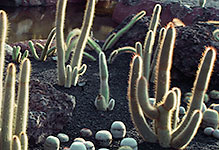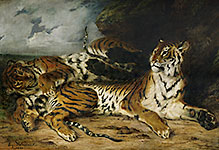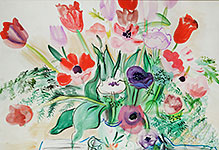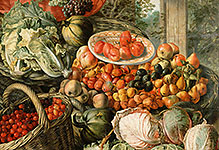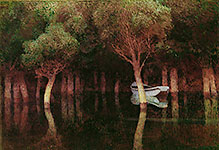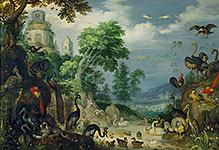
Nature
Plants and flowers. More - trees, fruits, animals etc. - to be added soon!

#03030335
Swimming reindeer, Late Magdalenien, around 12.500 years old. From the rock shal...

#03030336
Spearthrower carved as a mammoth, Late Magdalenian, about 12,500 years old. Spea...

#03030337
Perforated baton with horse and fish engravings, Late Magdalenian, about 12,500...

#03030342
Rock painting of hunting a snake or serpent from Zamora, Ecuador

#03030349
Head of ox on stone from Riparo Tagliente, Italy. Palaeolithic stone age

#03030362
Stone relief with animals, cattle and goat. From Megalithic temple of Tarxien,...

#03030364
Rock painting of a horse and rider from Oum Ecnha, Libya.

#03030366
Bird-like figure on a three-wheel wagon drawn by birds. From Dupljaja, location...

#030401 5
Dagger with a horse's head,India,18th. Grey-green jade inlaid w...

#030401 8
Portrait of Shah Abbas I,Isfahan,Iran,March 12,1627 with one of his concubin...

#03040124
Two jade bases for huqqa pipes. The main body of each bowl is green jade,encrust...

#03040129
Hunting wild animals Shiraz, Iran; around 1540 Ink, gouache et or; 12,3cm x 9,...
